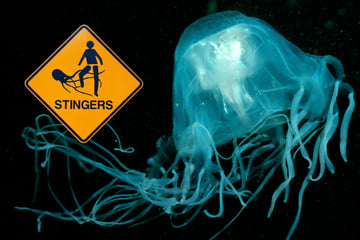What is the largest animal in the world?
There are many large animals out there, but a few are so big that they'll blow your mind. What is the largest animal in the world and what makes it tick?
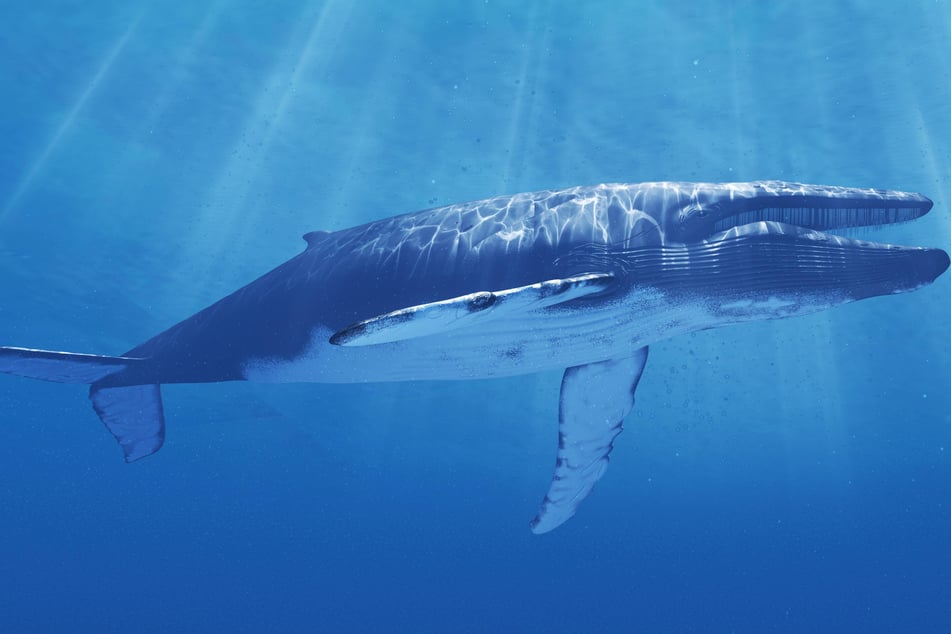
From bears, to whales, to elephants, there are some pretty big animals out there. They float within our oceans, they roam our lands, and they glide on the winds of our vast open skies
Most big animals are pretty docile, which makes it easier to investigate these fascinating beasts.
And that's exactly what we're here to do! While the holder of this particular animal record might not surprise you all that much, we'll dive into everything that you need to know about this out-of-this world mammoth.
So what's the biggest animal in the world and what floats its boat?
This is the largest animal in the world!
The blue whale is the largest animal in the world, dwarfing even the dinosaurs. Taking its name from the gray-blue color of its body, these giant creatures live right across the globe, migrating from the poles during winter and filter feed on tiny sea animals like krill.
These creatures live long lives, but are severely under attack from a combination of natural and human impacts. With an endangered conservation status, the blue whale suffers at the hands of natural predators like orcas and sharks, but more significantly from whaling, modern fishing practices, and oceanic pollution.
Key traits of the blue whale – what you need to know:
- Name: Blue Whale | Balaenoptera Musculus
- Life expectancy: Up to 100 years
- Weight: 200 tonnes
- Habitat: North & South Atlantic Ocean, North & South Pacific Ocean, Indian Ocean, Northern & Southern Arctic Ocean
- Lifestyle: Gentle loners, occasionally congregate in groups
- Food: Krill and other plankton organisms, filter feeders
- Endangerment status: Critically endangered
While the blue whale is an enormous animal, it is relatively docile and has no teeth. As a result, it isn't technically considered the biggest predator in the world, as it doesn't hunt.
How big is the largest animal on Earth?
Female blue whales generally grow larger than the males, often coming in at 100–110 feet in length. These giant creatures often weigh around 200 tonnes, which is the equivalent of about 166 cars, and all of this mass comes from the consumption of the tiny animals - plankton and krill.
In a blue whale's lifetime, which can reach a whopping 100 years, it is estimated that they would have circumnavigated the globe more than ten times. They travel along mostly on the current, as this is where plankton float, and is a great feeding method.
Other large animals
There are a vast assortment of animals that outsize humans, but few are as large as some of these extraordinary beasts. You see, humans ain't that huge, so it doesn't really say much that an animal dwarfs us in size.
Here are a number of other large animals that might tickle your fancy...
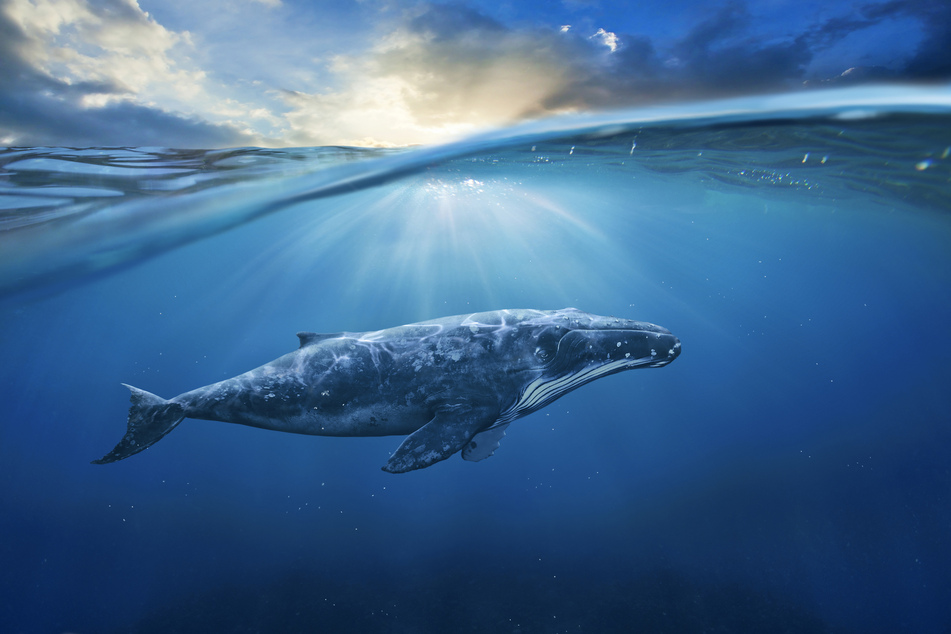
Largest animal to ever live
We'll keep this one short, because the blue whale is not only the biggest animal on Earth right now, but is the biggest animal to have ever existed. While there were many huge dinosaurs, both inside and outside the oceans, none even come close to the size of a blue whale – not even the prehistoric megalodon!
Largest flying animal
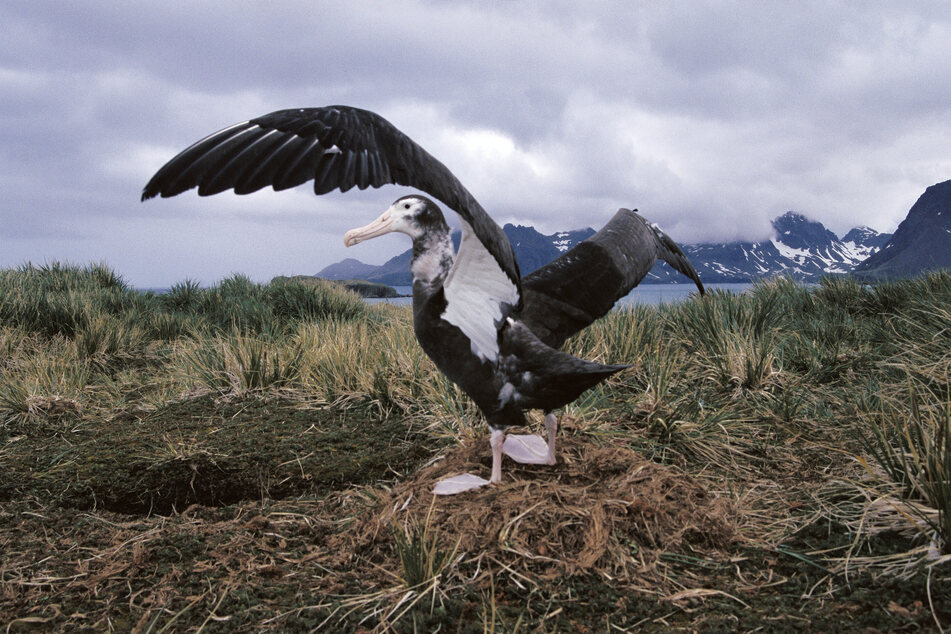
The wandering albatross has the largest wingspan of any living bird, making it possibly the biggest flying animal on Earth. With its huge wings, these crazy creatures can fly further than any other bird, and have been known to regularly circumnavigate the Southern Ocean - a distance of 75,000 miles - in less than a year.
These giant birds generally live on the islands of the Southern Ocean, including the south of New Zealand, and Macquarie Island. They are classified as vulnerable, and feature a wingspan of 8–11 feet – wider than a human is tall! Some larger birds have even been known to pull in wingspans of 13–17 feet, but these are rather rare and limited to specific islands.
Largest land animal
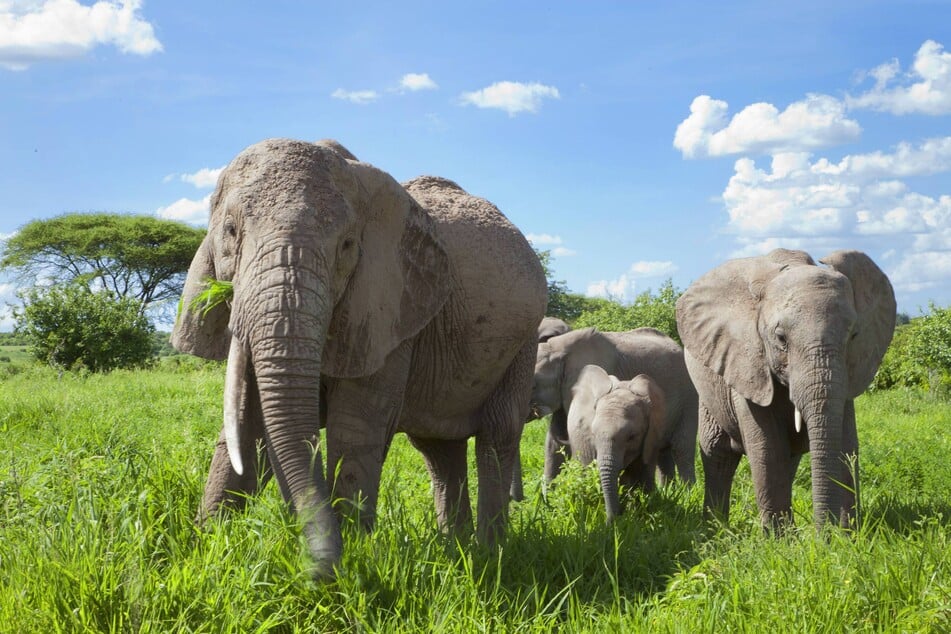
African Elephants are extremely endangered land giants, and consist of two distinct species of the same genus. These two animals, both of the Loxodonta genus, are the African bush elephants and the African forest Elephant. The latter is both the smaller and more endangered of the two.
As a result, the African bush elephant is the largest land animal on Earth. Males average 10–13 feet in height, while females average 7–9 feet. Meanwhile, they regularly weigh more than 10,000 pounds. These beautiful animals live in families and are also some of the smartest animals on Earth.
The largest animal ever isn't dangerous to humans
A large animal will never come without risks. While the elephant isn't very likely to attack you, getting accidentally trampled is still a possibility. Danger is often not far around the corner, and the same goes when talking about the blue whale.
They are harmless to humans, and won't hunt us. What may happen, though, is the destroying of boats when they surface. This isn't an issue that will exist for much longer, though, as their populations continue to dwindle. Indeed, the world's biggest animal may soon be extinct.
Cover photo: IMAGO / Science Photo Library

